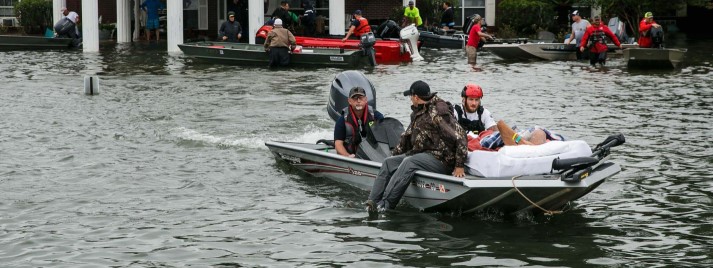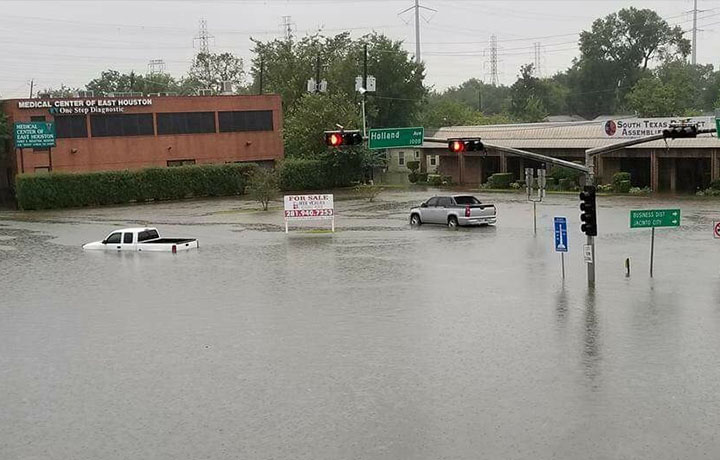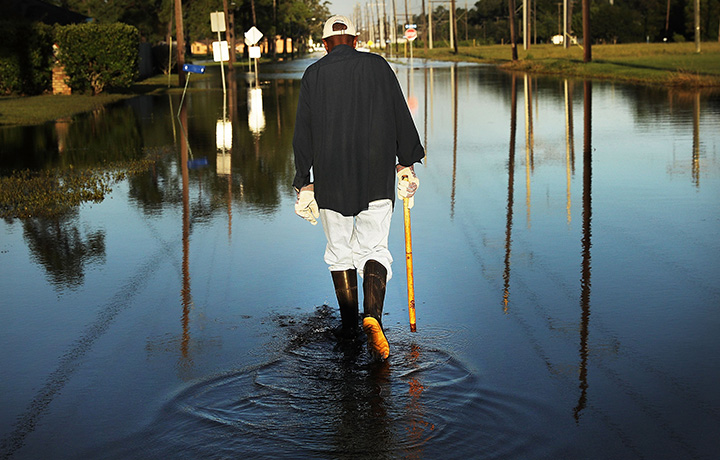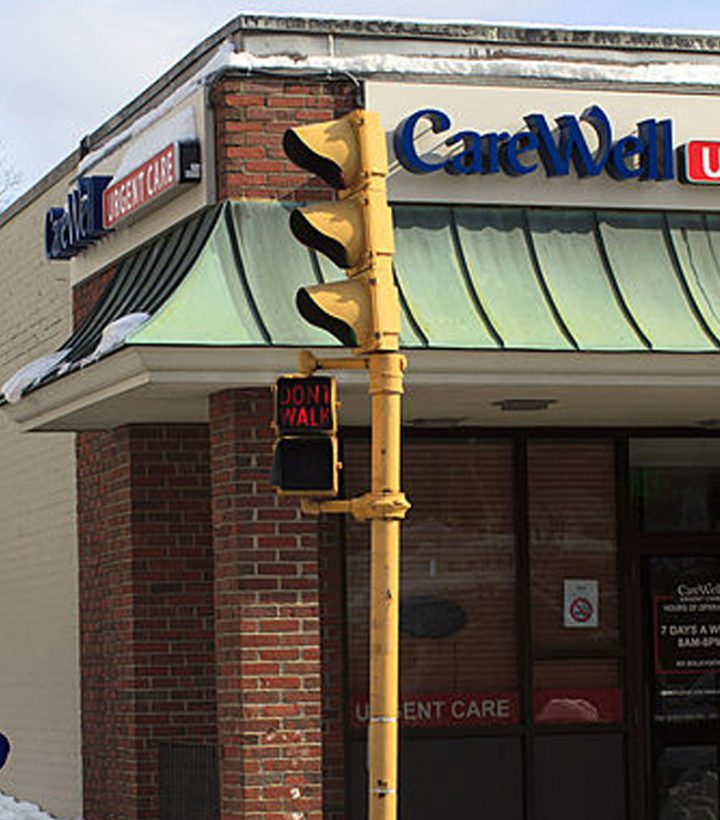Article
For health systems, disaster preparedness never ends
By Joe Cantlupe | September 12, 2018

As Hurricane Florence bears down on the Carolinas, forcing thousands to evacuate, healthcare administrators in disaster-prone areas can be forgiven for feeling like it's déjà vu all over again.
Hurricanes Harvey, Irma and Maria last year taught health system administrators that they must be ready to decide in short order whether to keep their doors open to treat the broken bones and other injuries typically sustained during natural disasters, or close their facilities, evacuating patients and delaying surgeries until after the catastrophe has passed.
Either way, communications before, during and after an event is top priority. It was for VillageMD in Texas last year, which used its automated patient messaging system to send 254,000 emails and text messages to more than 160,000 patients before the storm, reminding them to refill prescriptions and telling them how to reach a physician in the event of office closures.
Coordinating care
Communications likewise was top-of-mind this summer for Dan Peterson, chief administrative officer at Sutter Lakeside Hospital in Lakeport, California, who spent nearly two weeks living inside his temporarily closed facility as the huge Mendocino Complex Fire crept close.
Patients had been transferred from the 25-bed critical access hospital to other medical facilities, but Peterson, as a member of the executive team, stayed behind, along with a security official and a maintenance worker. “We would go up to the roof every hour and do a fire watch, making the rounds," recalls Peterson.
There is no such thing as overcommunication.
When he wasn't on fire patrol, Peterson worked to coordinate with other hospital personnel, who were in emergency shelters or in campgrounds or friends' homes away from the fire. The staff used Everbridge, a mass notification system employed by organizations during Hurricane Sandy and the Boston Marathon bombings, to successfully send email, text and phone messages. With their own phones or computers, staff manually posted on Facebook or other social media. “There is no such thing as overcommunication," Peterson says.
The staff, in turn, kept up with patients by phone and via a mobile app that's part of its EHR. “We had to make sure patient appointments were set up, they were going to their ongoing therapies, and prescriptions were refilled," Peterson says.
Lessons learned
Hospital and healthcare officials say one of the most important elements in confronting disasters is long-term planning with teams in place for every possible situation. That is among the advice from experts who shared six ways to prepare for a catastrophe with athenaInsight.
Last year's hurricanes forced multiple hospitals in South Florida and Texas to evacuate patients and personnel and shut down operations, at least temporarily. The disasters highlighted problems with power outages and problematic backup generators: At least eight people died in a sweltering Hollywood, Florida nursing home that lost power and air conditioning during the hurricane.
This year, those facilities and others are adding food, water, medication, generators, and more security and staffing while lining up vendors to provide support and shelter to care for patients before and after catastrophes.
As they do so, they're working under new guidelines and laws. The Centers for Medicare and Medicaid Service's new Emergency Preparedness Rule was required of all affected providers as of November 15, 2017. The rule covers a gamut of needs that health organizations should address, from planning to risk assessment to communication and training for a hurricane.
Constant vigilance
“Preparedness is a nonstop process," says Vincent Torres, emergency manager for the University of Miami Health System (UHealth) and the Miami Miller School of Medicine. UHealth's network includes three hospitals and more than 30 outpatient facilities in Miami-Dade, Broward, Palm Beach, and Collier counties, encompassing more than 1,200 physicians. “Our activities never cease."
In Miami, there is a central organizing team that makes the decision to stop nonessential surgical operations and cancel elective operations or classes. They are also able to provide evacuation support to residents who need specialized transportation assistance or whose medical needs prevent them from evacuating on their own.
Bon Secours nursing and assisted living facilities were ultimately kept out of harm's way as Hurricane Irma veered away from the Tampa-St. Petersburg area last year, but the facilities were evacuated, according to Kip Corriveau, director of mission services for Bon Secours in St. Petersburg.
That experience “has impacted all of Bon Secours' hurricane planning and preparations this year," Corriveau says.
Bon Secours evacuated 250 wheelchair-dependent residents from its Maria Manor nursing center and 66 from Bon Secours Place assisted living facility to St. Jude Catholic School and Cathedral, where they stayed for five days.
Bon Secours officials said they worked to ensure that there was seven days' worth of supplies, including 2,700 gallons of potable water in 1,000 inflatable bladders holding 5 gallons each.
While they termed the evacuation successful, they learned there is more to do. They have a centralized and improved coordination of planning. And, Corriveau adds, there will be definitely improved communication among staff – including additional walkie-talkies and remote phones.
The adage holds true: In a natural disaster, more communication is always better.
Joe Cantlupe is a frequent contributor to athenaInsight.







